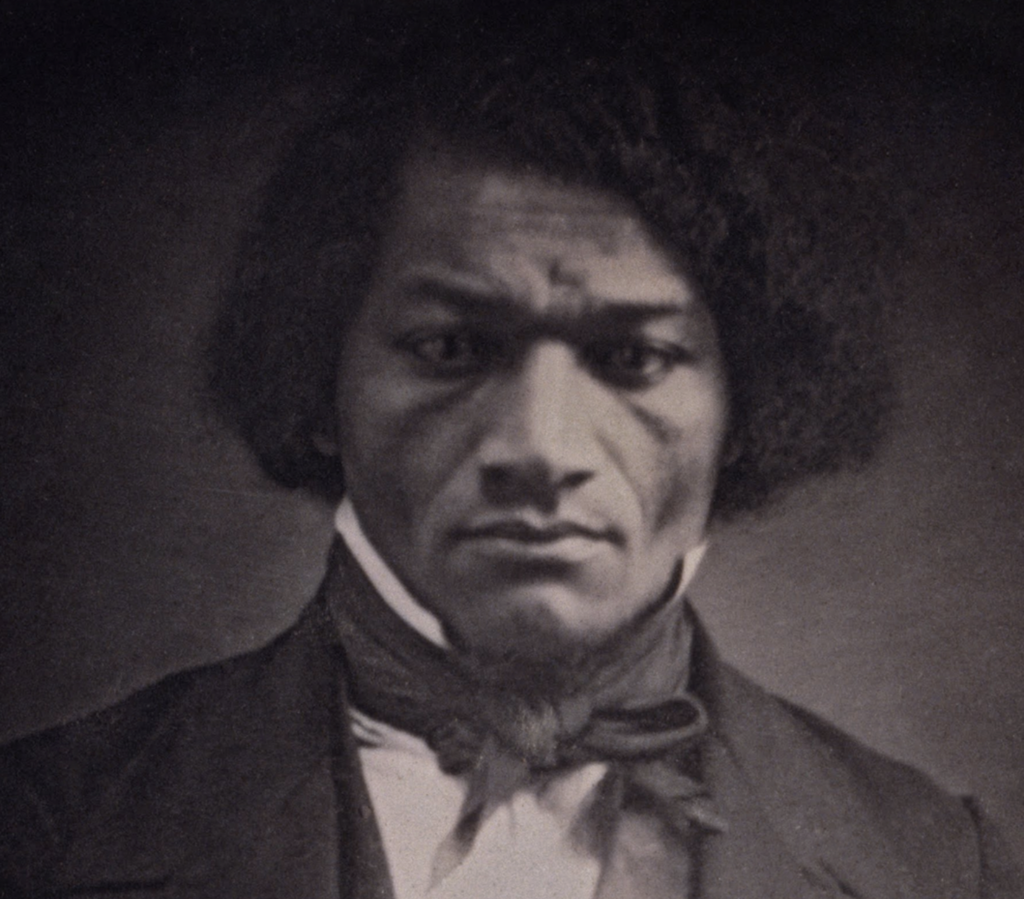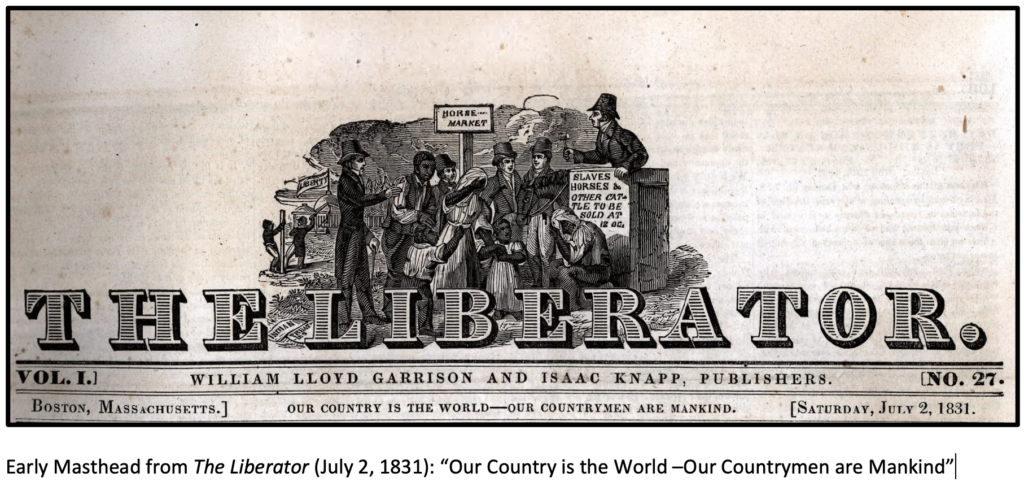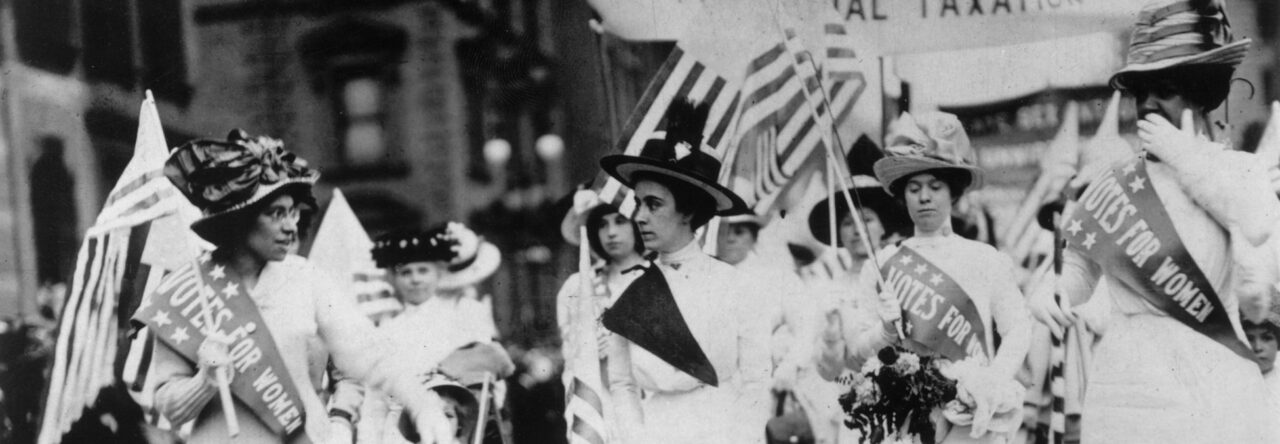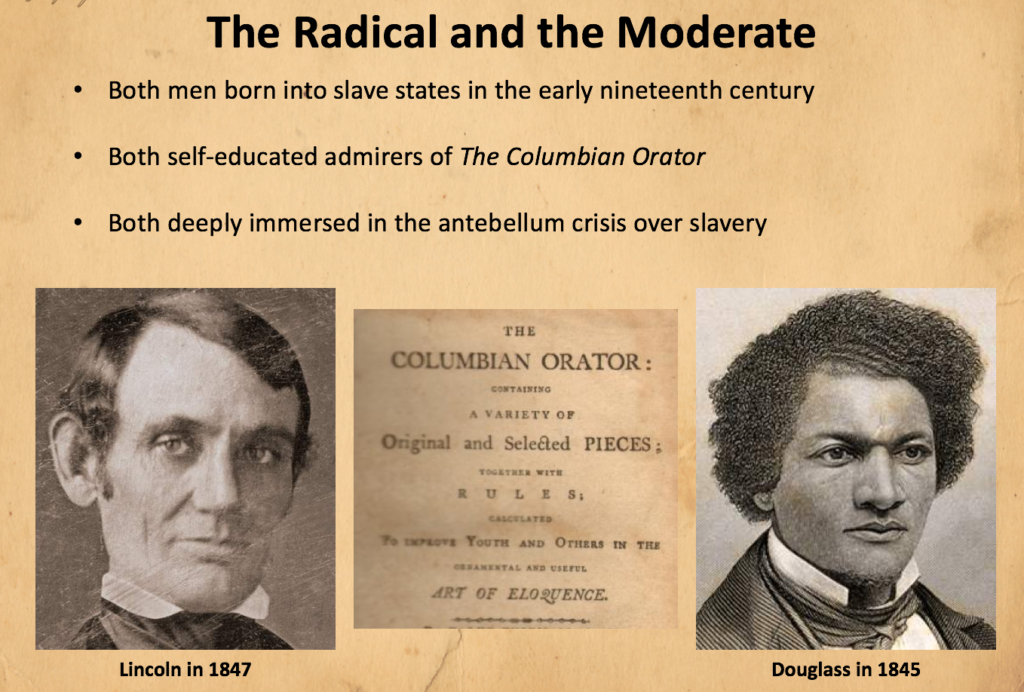What were the differences between abolitionism and antislavery politics?
Image Gateway
 Frederick Douglass (c. 1845)
Frederick Douglass (c. 1845)
Abolitionism
“I am aware, that many object to the severity of my language; but is there not cause for severity? I will be as harsh as truth, and as uncompromising as justice. On this subject, I do not wish to think, or speak, or write, with moderation. No! no! Tell a man whose house is on fire, to give a moderate alarm; tell him to moderately rescue his wife from the hand of the ravisher; tell the mother to gradually extricate her babe from the fire into which it has fallen; — but urge me not to use moderation in a cause like the present. I am in earnest — I will not equivocate — I will not excuse — I will not retreat a single inch — AND I WILL BE HEARD. The apathy of the people is enough to make every statue leap from its pedestal, and to hasten the resurrection of the dead.”
–From the inaugural issue of The Liberator (Boston), January 1, 1831, “To the Public” by William Lloyd Garrison
Evolution of Abolitionism and Antislavery
- 1780s: Northern (gradual) abolition societies and black mutual aid groups
- 1817: American Colonization Society
- 1833: American Anti-Slavery Society (Garrisonian)
- 1830s: Vigilance committees
- 1840: American and Foreign Anti-Slavery Society (Tappan Brothers)
- 1840: Liberty Party (Gerrit Smith)
- 1848: Free Soil Party (Charles Sumner)
- 1850: Compromise of 1850
- 1854: Republican Party (Salmon Chase / William Seward / Abraham Lincoln)

Douglass and the Fifth of July speech (1852)
O! had I the ability, and could I reach the nation’s ear, I would, to-day, pour out a fiery stream of biting ridicule, blasting reproach, withering sarcasm, and stern rebuke. For it is not light that is needed, but fire; it is not the gentle shower, but thunder. We need the storm, the whirlwind, and the earthquake.

